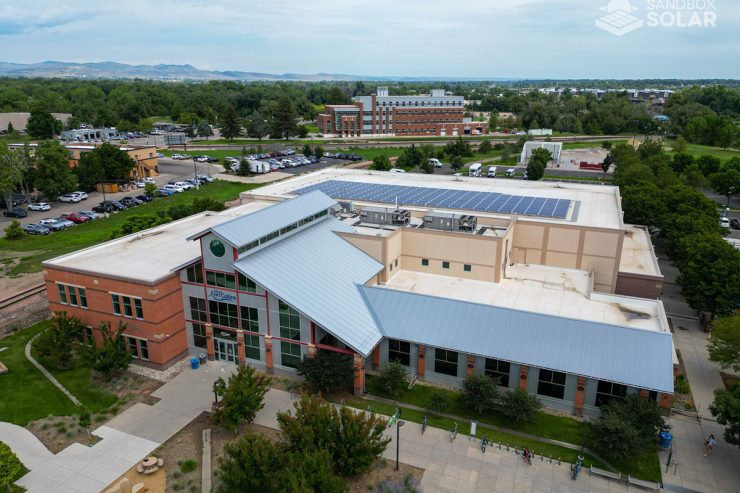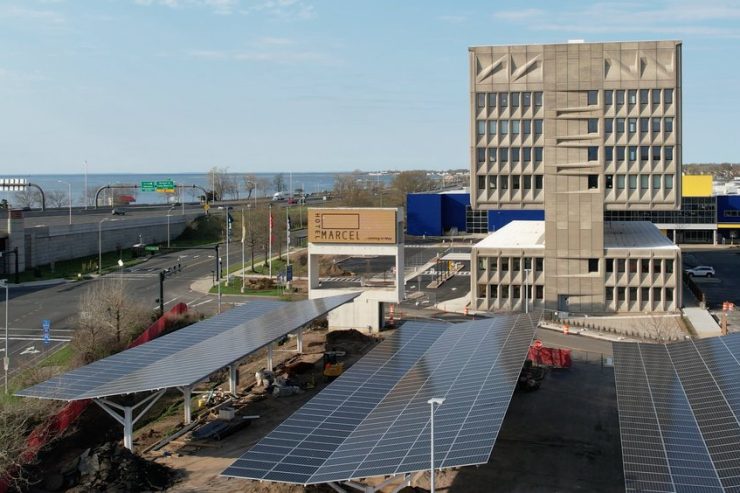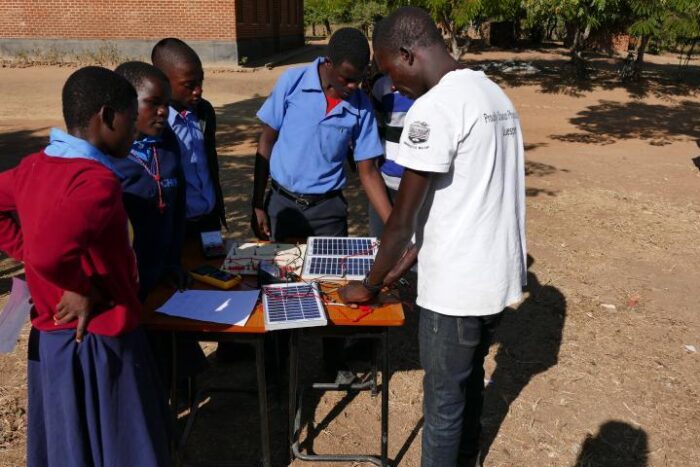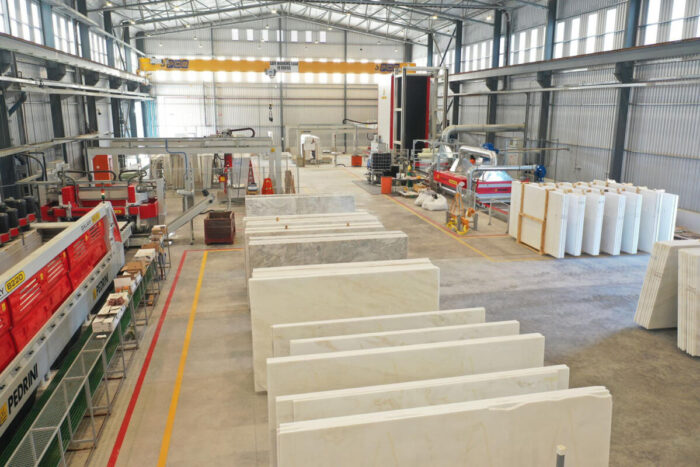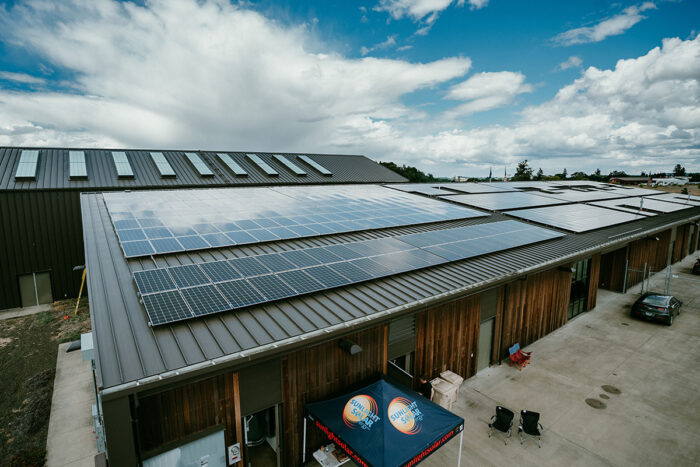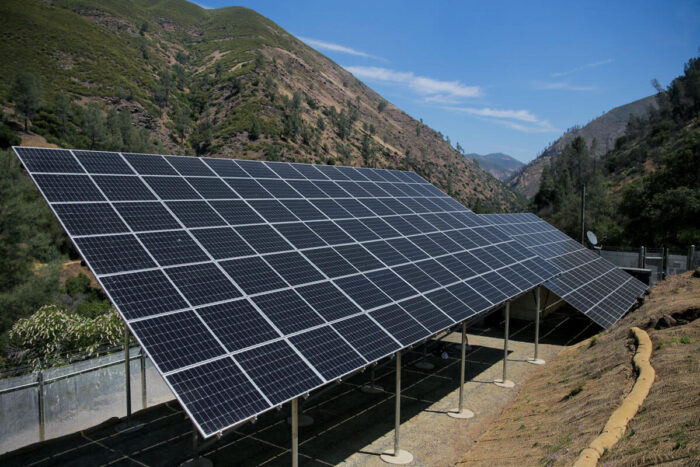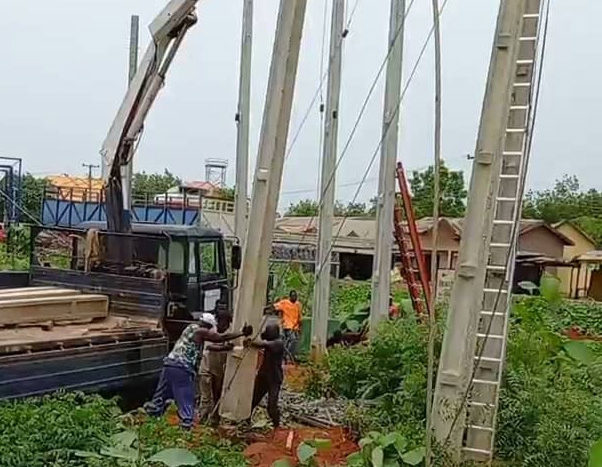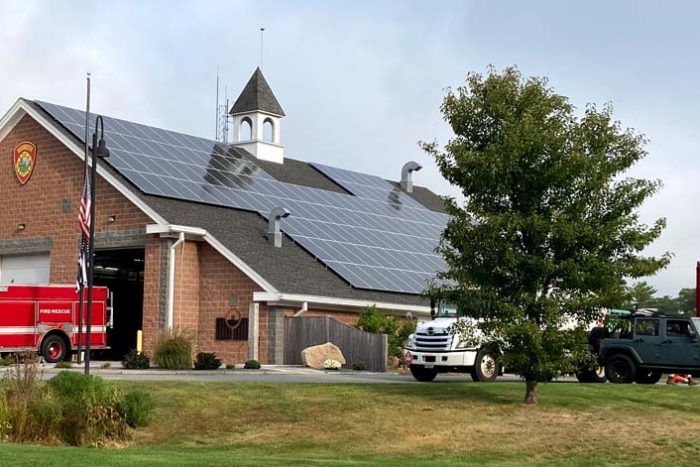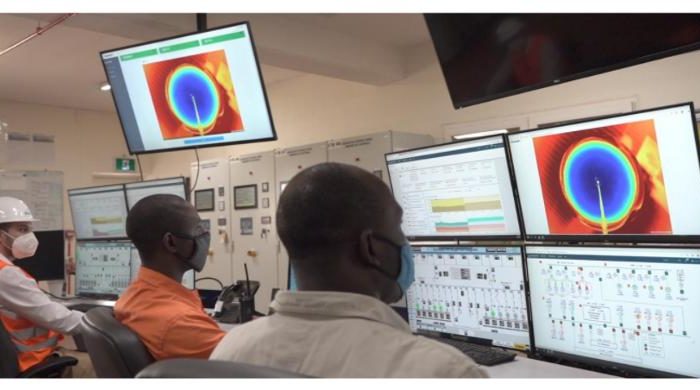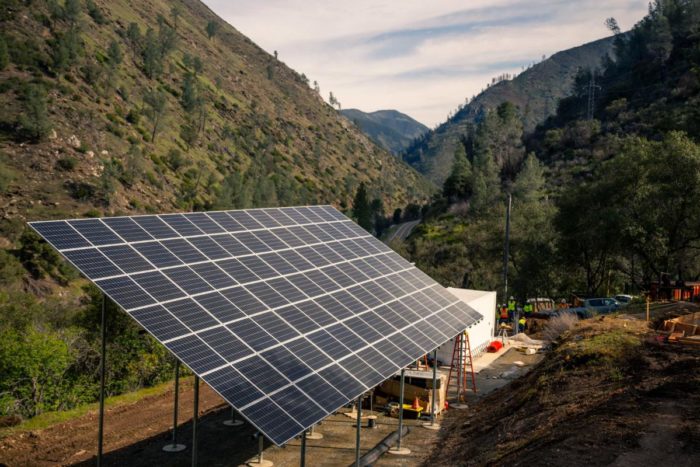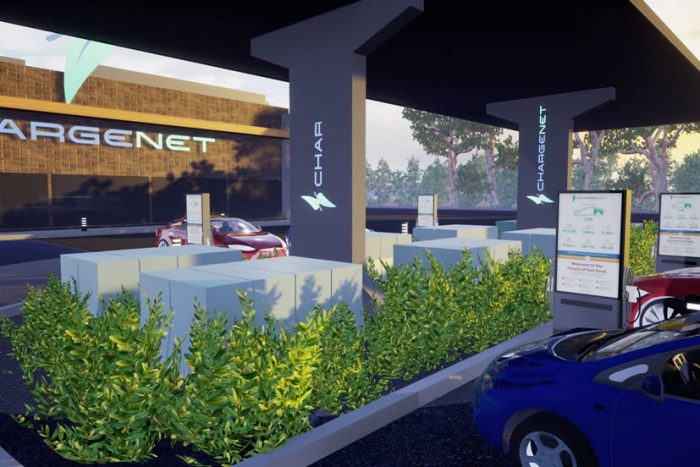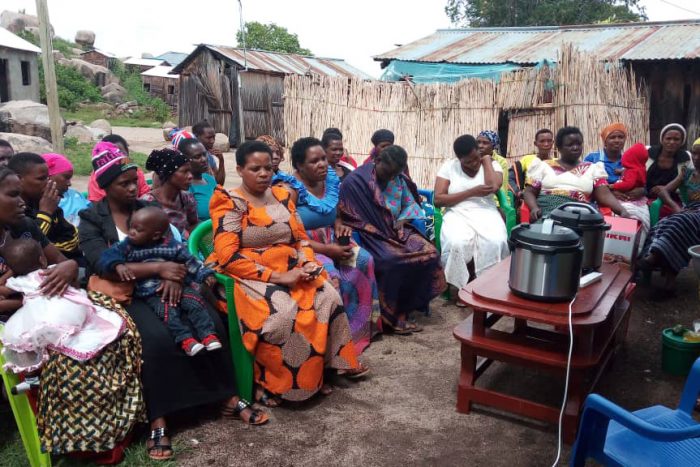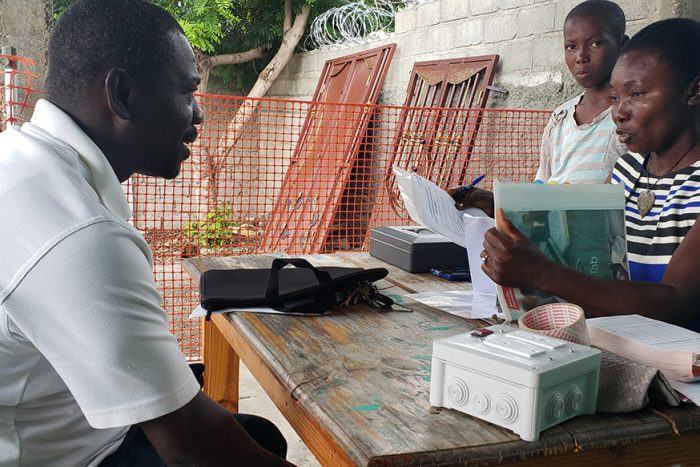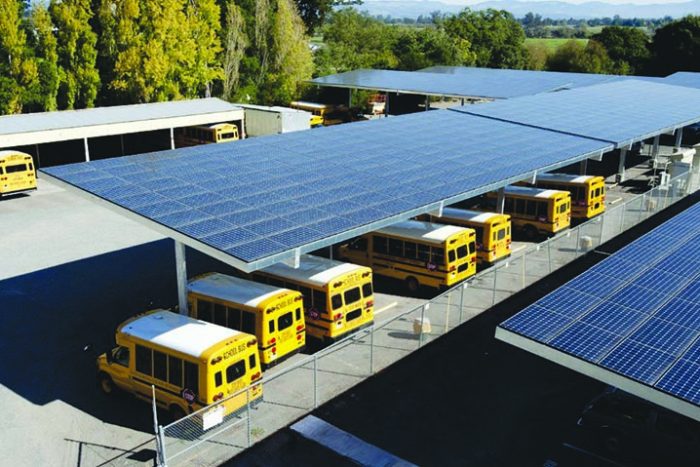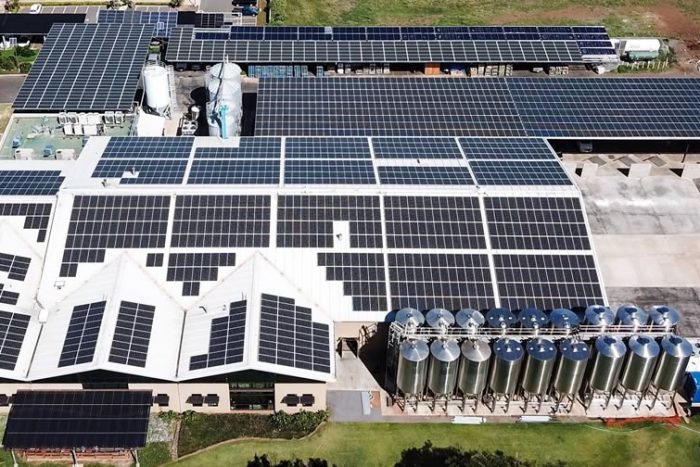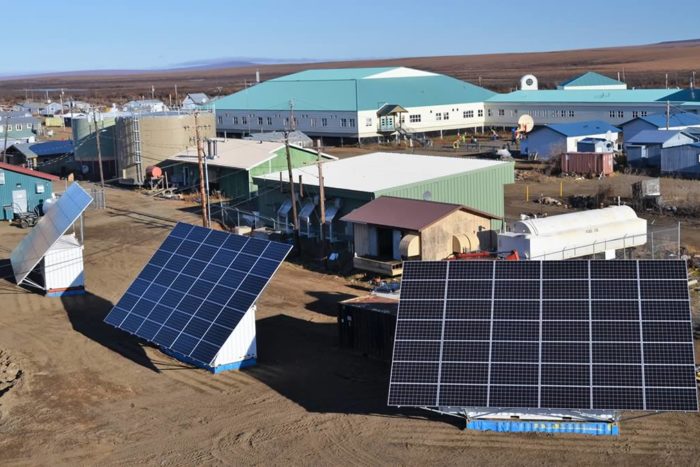An award-winning Caribbean microgrid is engineered for extreme weather conditions – such as hurricanes – and corrosion, from proximity to the sea. The Rocky Mountain Institute has published best practices for design of solar arrays in hurricane prone areas.
CASE STUDIES
Engineers Without Borders Germany Uses HOMER® Software to Repower a Village School in Nepal
Engineers Without Borders, Germany, has repowered a remote rural school in Nepal. The goal was to provide lightning protection and a new microgrid for power resilience.
Early Adopters of Microgrid Technology: African Telecommunications Companies Use Renewable Energy to Power Cell Towers and Industry Growth
Microgrids have proven to be crucial for powering cell towers in Africa, where mobile phone technology leapfrogged over landlines in the past few decades. Ugandan engineer Nelson Tashobya explains how he has used HOMER Pro to design renewably-powered microgrids that save on diesel fuel costs and provide reliable power in remote locations.
Fort Collins Deploys a Microgrid for Resilience and Carbon Dioxide Reduction at the Northside Aztlan Community Center
The city of Fort Collins, Colorado has deployed a new microgrid on a community center. It will provide resilience in emergencies, aid in carbon reduction and provide grid services to the municipal utility.
Hotel Marcel combines historic architecture, energy efficiency and a renewably powered microgrid
The Bauhaus-style Hotel Marcel is a historic architectural landmark in New Haven, Connecticut. Architect Bruce Becker remodeled the building, which had stood empty for two decades, turning it into highly efficient, top-rated Connecticut hotel and adding a microgrid modeled using HOMER Grid.
Qatar Desert Farm is Powered by Renewable Energy Microgrid
A HOMER-modeled microgrid powers an off-grid desert farm in Qatar, designed by the Qatar Environment and Energy Institute (QEERI).
German Engineers Without Borders Brings Light and Sanitation to Malawi Schools Using Renewable Energy
Students at the Chambala school in Malawi now have electricity to power lights and electronics. Installed by Engineers Without Borders, Germany, the project also includes education about renewable energy.
Namibia Marble Factory Achieves Substantial Cost Savings by Going Off the Grid
A off-grid marble factory in Namibia — modeled with UL Solutions HOMER® Pro — is costing its owners about half of what they would pay for electricity from the grid. As an added benefit, the renewable energy microgrid is more reliable than grid power.
Oregon National Guard Center Operates a Microgrid to Provide Resilience in Case of Earthquake
The Oregon National Guard is preparing for a major earthquake and tsunami, expected to strike the Pacific Northwest within the next 50 years. A microgrid operating at the Guard’s Nesmith Readiness Center in Dallas will provide resilience and serve as a blueprint for upgrading other facilities.
Remote Microgrids Become a Reality in Isolated Communities and Fire-prone Areas
A remote microgrid is successfully powering Briceburg, California, a small community in a high-risk wildfire region. Built by BoxPower using HOMER software, the hybrid power system is part of PG&E’s remote grid program.
“Resilience Hubs” arise in neighborhoods nationwide to provide renewable power and disaster support during power outages
Many U.S. cities are implementing Resilience Hubs to provide emergency services during extreme weather events and power outages. The city of Detroit, Michigan is building a network of hubs to help residents of neighborhoods that are vulnerable to flooding.
Alaska Researchers Explore Turning Excess Renewable Energy Production into Heat
University of Alaska researchers are developing methods to help evaluate beneficial matches between excess renewable energy production and heat loads in rural Alaskan communities.
Shungnak, Alaska, unveils one of the state’s first microgrids with solar above the Arctic Circle*
The town of Shungnak, Alaska – north of the Arctic Circle – is cutting energy costs and greenhouse gas emissions with a new microgrid. Shungnak is gradually replacing diesel generation with a hybrid power system that includes solar and energy storage.
Nigerian minigrids improve power reliability and utility revenues for communities “under” the grid
In a “win-win” arrangement, microgrid developer PowerGen is building an “under the grid” minigrid for Toto, Nigeria. It will supply renewable electric power during the day, while the utility powers the town at night.
Microgrid Brings Newfound Quiet and Cost Reductions to Canadian Native Community
A microgrid on Harbledown Island in British Columbia is reducing generator noise and air pollution as it delivers lower-cost energy to a Canadian native community. Modeled using UL’s HOMER Pro, it is continuing to perform well after a year of operation:
Massachusetts Town Plans a Microgrid as the State’s First Clean Energy Resilience Solution
The Cape Cod, Massachusetts town of Yarmouth is building the state’s first municipal clean energy resilience microgrid. It will power an emergency operations center in a firehouse during extreme weather events.
Fekola Gold Mine Builds Solar Power into Existing Thermal Plant
A Mali gold mine is now powering operations with a HOMER-modeled microgrid that combines solar and batteries with an existing thermal power plant. The 30 MW solar plant will help cut costs and hedge against future oil price increases.
PG&E and BoxPower Mitigate Wildfire Risk with Remote Hybrid Power Systems
Rather than rebuild distribution lines damaged by fire, PG&E is working with BoxPower to install a renewables-based microgrid to provide clean, resilient power for customers in Briceburg, California. The solar + storage system is the first of 20 proposed for development through PG&E’s new Remote Grid Initiative.
An Industrial Microgrid in Costa Rica Offers Cost-Reduction and a Path to Carbon-Neutrality
A hybrid energy system at a manufacturing facility not only helps reduce energy costs and emissions, but also has far-reaching carbon reduction benefits, and positions Costa Rica as a leader in the fight against climate change.
Move Over Truck Stops: “Convenience” EV Charging Depots Will Deliver Electricity and Food — Powering Cars and People at the Same Time
Rapid growth of the electric vehicle market means that EV charging infrastructure will have to grow to meet passenger needs. One California company – ChargeNet – is preparing for the future with a new kind of convenience stop that combines charging and restaurants.
Ace Natural, New York: Organic Food Wholesaler Builds Microgrid to Boost Resilience and Cut Utility Bills
An organic food distributor in the metro New York area recently installed a microgrid – designed by HOMER Grid – to improve their bottom line along with their resiliency. Ace Natural is saving more than half their utility costs by using renewable energy, while batteries and a generator powered by biodiesel ensure continuous operations if there’s a power outage:
Electric Pressure Cookers and Microgrids Provide Hope in Solving the Intractable Global Problem of Biomass Cooking
Indoor air pollution, mostly caused by cooking with wood and charcoal, causes millions of deaths each year in developing countries, mostly to women. Biomass cooking also depletes forests and adds to global warming. Now the combination of high efficiency electric pressure cookers (EPCs) powered by renewable energy mini-grids, are being tested in East Africa. The hope is that electric cooking can save lives as well as ecosystems:
EarthSpark Secures $10 million from the Green Climate Fund to build 22 microgrids in Haiti
EarthSpark International, a nonprofit focused on bringing energy access to Haiti’s rural poor, has just received $10 million dollars from the UN Green Climate Fund. EarthSpark will use the money to continue and expand its efforts to build high-quality microgrids that deliver renewable electricity to over 20 towns without any access to power. Renewable electricity will help consumers save more than 50 percent of what they currently spend on kerosene, charcoal and diesel fuel:
Mountain microgrid: Alternative Power Enterprises designs an off-grid ranch system with HOMER Pro
One of the biggest microgrids on Colorado’s Western Slope powers a remote vacation ranch. Alternative Power Enterprises designed and built the project. Learn about how the design decisions that were made are saving money and increasing resiliency:
Powering Patagonia Parks with Low Head Hydro Microgrids
In the wildest reaches of Patagonia, distributed energy experts are building microgrids that exploit the abundant low head hydro resources in the region. These systems are providing energy for amenities in some of the most magnificent new parks in the world:
Santa Barbara Schools Look to Microgrids for Community Resilience and EV Charging
Plans are underway to build a microgrid for every one of 21 schools in the Santa Barbara Unified School District. Since the city is vulnerable to power outages from forest fires, earthquakes, heavy rains and mudslides, local officials want a more resilient power system. The Clean Coalition is leading the microgrid effort:
When Microgrids Mean Hope: Powering a Refugee Settlement in Shimelba, Ethiopia
A microgrid, modeled and designed with HOMER Pro, is bringing power to a refugee camp in Ethiopia. Most of the 6,000 refugees in the Shimelba camp come from Eritrea, where they have fled multiple crimes against humanity. Living in a refugee camp is an enormous hardship, but now the microgrid is supporting improved commerce, construction, agriculture, and most importantly, hope:
Maui Brewing Company Uses HOMER Pro to Achieve Grid Independence and Work Towards 100% Renewable Status
Maui Brewing Company, Hawaii’s largest craft brewery, is achieving grid independence and working towards 100% renewable operation with a new microgrid that was modeled using HOMER Pro. Featuring a massive PV array (close to a MW), Tesla batteries and Cummins generators that run on biodiesel, the microgrid should save $300,000 per year, cutting the company’s energy costs in half:
Kibera microgrid helps bring education, clean laundry and employment to Nairobi’s urban poor
In the middle of the Kibera, a large shantytown outside of Nairobi, a mirorgrid is powering a a new community center that provides clean water, showers, laundry facilities, internet service and classrooms for people who live in the surrounding neighborhood. It is also providing newfound hope and job training for the residents, according to Serena Patel, an Energy engineering student at the University of California at Berkeley is working on the microgrid. Serena will be presenting her findings at the HOMER International Microgrid Conference October 7-9 in Cambridge, MA. Learn more:
Container Microgrids: Lowering Costs Through Modular Design and Streamlined Engineering
In the ongoing effort to lower the cost of microgrid deployment, one concept that continues to evolve is that of the modular microgrid, best expressed in a system that can fit inside a single shipping container. It’s not a new idea. What is relatively new is a complete, stand-alone hybrid renewable energy system, such as the ones designed by BoxPower and Arizona State University:




